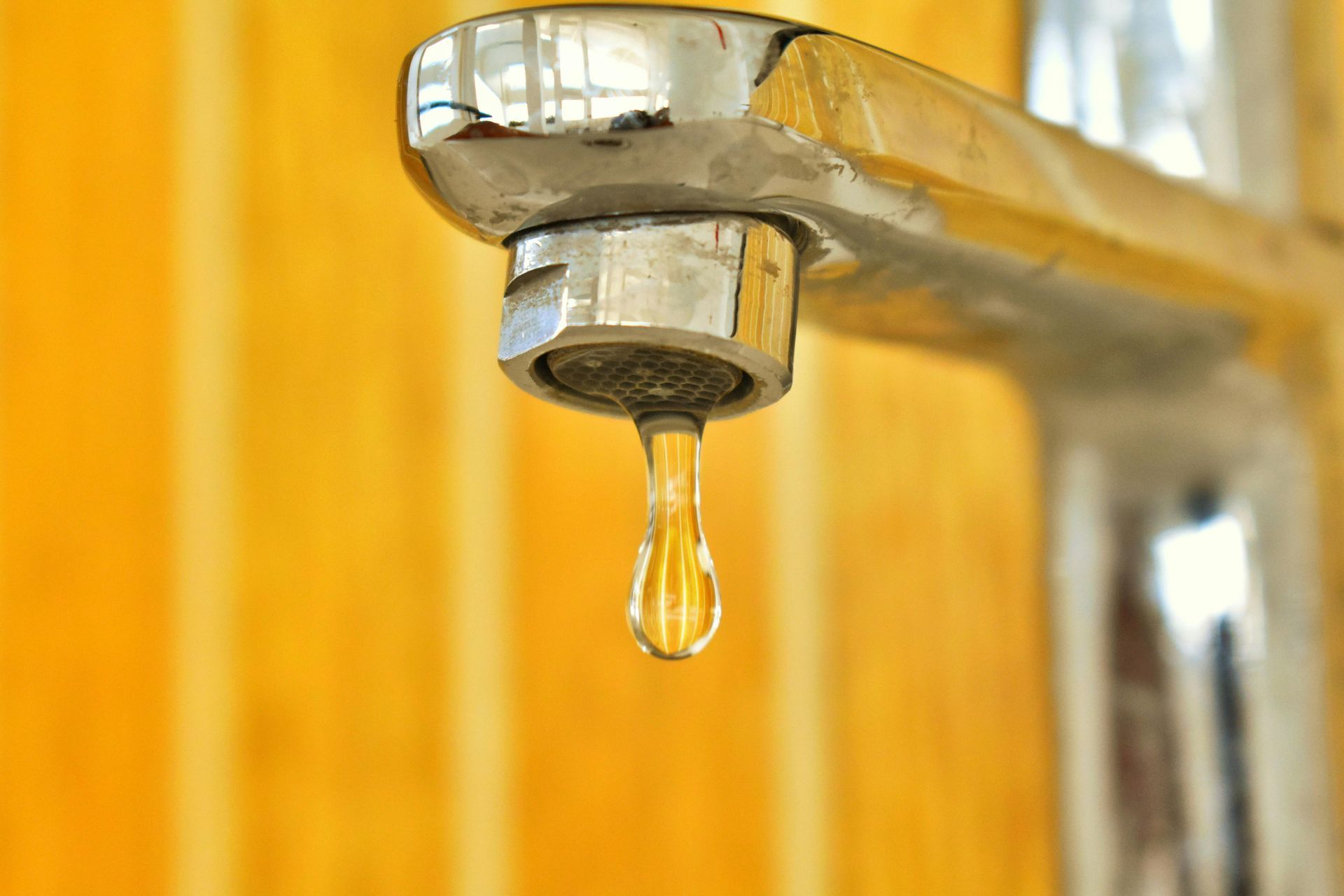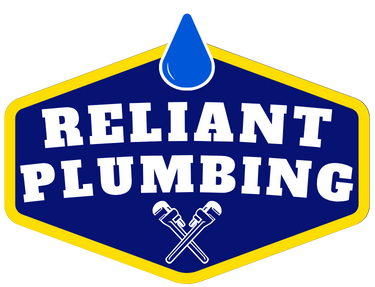
🚰 Leaking Faucets: What’s Causing That Drip and How to Fix It
That slow drip may seem minor—but it can waste gallons of water, inflate your bill, and signal bigger plumbing issues. Here's what you need to know.

Introduction
A dripping faucet might not seem like a big deal, but over time, that steady drip, drip, drip adds up—literally. In fact, a faucet leaking just once per second can waste more than 11,000 litres of water per year.
For homeowners in Cambridge, ignoring a leaky faucet isn’t just an annoyance—it’s a potential source of higher utility bills, water damage, and even corrosion. In this article, we’ll walk through the common causes, when you can fix it yourself, and when to call a plumber.
1. Why Faucets Leak (and Why It Matters)
Leaky faucets are typically caused by worn internal components or water pressure issues, and the longer the leak is left untreated, the more costly the damage can become.
Here’s what leaking faucets can lead to:
- Elevated water bills
- Staining in sinks or tubs
- Mildew or mould around the fixture
- Long-term corrosion of plumbing parts
- Waste of a valuable resource
2. Common Causes of a Leaky Faucet 🔧
Depending on the type of faucet you have (compression, cartridge, ceramic disc, or ball), leaks usually come from the following culprits:
🧼 Worn Washer
Compression faucets rely on rubber washers that get worn or dislodged over time. This is the most common cause of drips from the spout.
🪛 Damaged O-Ring
The O-ring is a small rubber ring that helps seal the valve stem. A loose or damaged O-ring often causes leaks around the base of the faucet.
🧩 Corroded Valve Seat
If sediment or water minerals corrode the valve seat, it can lead to a leak at the spout or base.
💦 Loose or Worn Parts
Washers, gaskets, and seals can all deteriorate. Even a minor misalignment can allow water to escape.
🔧 Water Pressure Issues
If water pressure is too high, it can cause dripping at odd times—like in the middle of the night when demand is low.
3. How to Diagnose the Problem 🧰
Before reaching for a wrench, try to determine:
- Where is the water leaking from? (Spout, handle, or base?)
- Is it constant or intermittent?
- Does it stop when the water main is shut off?
This helps narrow down whether it’s a washer, cartridge, O-ring, or something else.
4. DIY Fixes You Can Try 💡
If you’re comfortable doing some light plumbing, here’s what to try:
Tools you’ll need:
- Adjustable wrench
- Replacement parts (washer, cartridge, or O-ring)
- Plumber’s grease
- Screwdrivers
Basic steps:
- Turn off the water supply below the sink.
- Remove the handle and disassemble the faucet.
- Inspect and replace worn washers or cartridges.
- Reassemble carefully and turn the water back on to test.
Tip: Always bring the old part to the hardware store to match replacements exactly.
5. When to Call a Plumber 👨🔧
Some leaks are best left to the pros—especially if:
- The leak persists after DIY attempts
- Parts are corroded or stuck
- Your home has old plumbing
- The faucet is integrated with other water systems (e.g., filtration)
A licensed plumber can quickly pinpoint the issue and prevent further damage. They can also advise whether it's better to repair or replace the entire fixture.
6. Should You Replace the Faucet?
If your faucet is older or leaking repeatedly, replacement may be the smarter (and more cost-effective) choice.
Reasons to replace:
- Multiple internal parts are failing
- Constant leaks despite repairs
- Upgrading to a water-saving model
- Outdated style or finish
Modern faucets often use less water and offer touchless options for better hygiene and convenience.
Final Thoughts
A leaking faucet may seem small, but the impact on your water bill and plumbing system can be substantial. Whether it's a worn washer or a corroded valve, fixing the issue promptly protects your home—and your wallet.
If you’re unsure about the cause or want peace of mind, a local plumber in Cambridge can inspect, repair, or recommend replacement. Don’t let the drip drive you crazy. Fix it today and save water, money, and stress.
